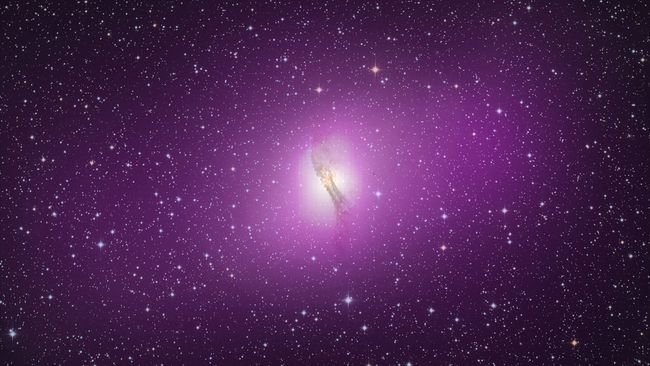Light Spectra Expand Opportunities for Detecting Life Beyond the Solar System
Recent research reveals details about light signals that emanate from planets deprived of oxygen and sunlight,— a scenario that is likely common among many exoplanets discovered to date.
On Earth, the color green is a hallmark of life, thanks to bacteria and plants that use green chlorophyll to convert visible sunlight into energy. However, on planets around stars of lower brightness, organisms are more likely to be adapted to use infrared light for their metabolism.
The bacteria exist in a variety of extreme environments on Earth, including murky swamps and deep-sea hydrothermal vents where sunlight does not penetrate. In a new study, Ligia Fonseca Coelho, an astrobiologist at Cornell University, and her colleagues grew samples of such bacteria, measured the wavelengths of light they reflect, and modeled how these light signatures might appear on different exoplanets.
According to researchers, new generation telescopes such as the «Extremely Large Telescope» (Extremely Large Telescope) in Chile and the planned «Observatory of Inhabited Worlds» (Habitable Worlds Observatory), will be able to study these light spectra.
«In order not to miss potential signs of life on other planets, we need to create a database of signs of life that is different from what we are used to seeing on Earth», — notes study co-author Lisa Kaltenegger, astronomer and director of the Carl Sagan Institute at Cornell University.
The study also looks at purple bacteria, which belong to the phylum Pseudomonadota and thrive in low-oxygen environments. Coelho and her colleagues grew 20 species of purple bacteria that produce sulfur and 20 species of purple bacteria that do not produce sulfur. They used samples from a variety of environments, including laboratory cultures and water from places such as the coast of Cape Cod in Massachusetts and a pond on the Cornell campus in New York. These bacteria contain a variety of colorful pigments other than purple, including including orange and red carotenoids.
Having determined which wavelengths of light these bacteria reflect most strongly, the researchers simulated what these wavelengths would look like coming from different potential exoplanets: environments with 70% ocean and 30% land, 100% water surface, 100% ice and snow with half land and half snow.
«Our models show that given different surface conditions, such as biota and clouds, exoplanets can show signs of surface biopigments of purple bacteria. While it remains an open question whether purple bacteria or other life forms could evolve on other planets, the color purple could become a new signature of life in the search for an exoplanet biosphere, — the researchers note in their article.

